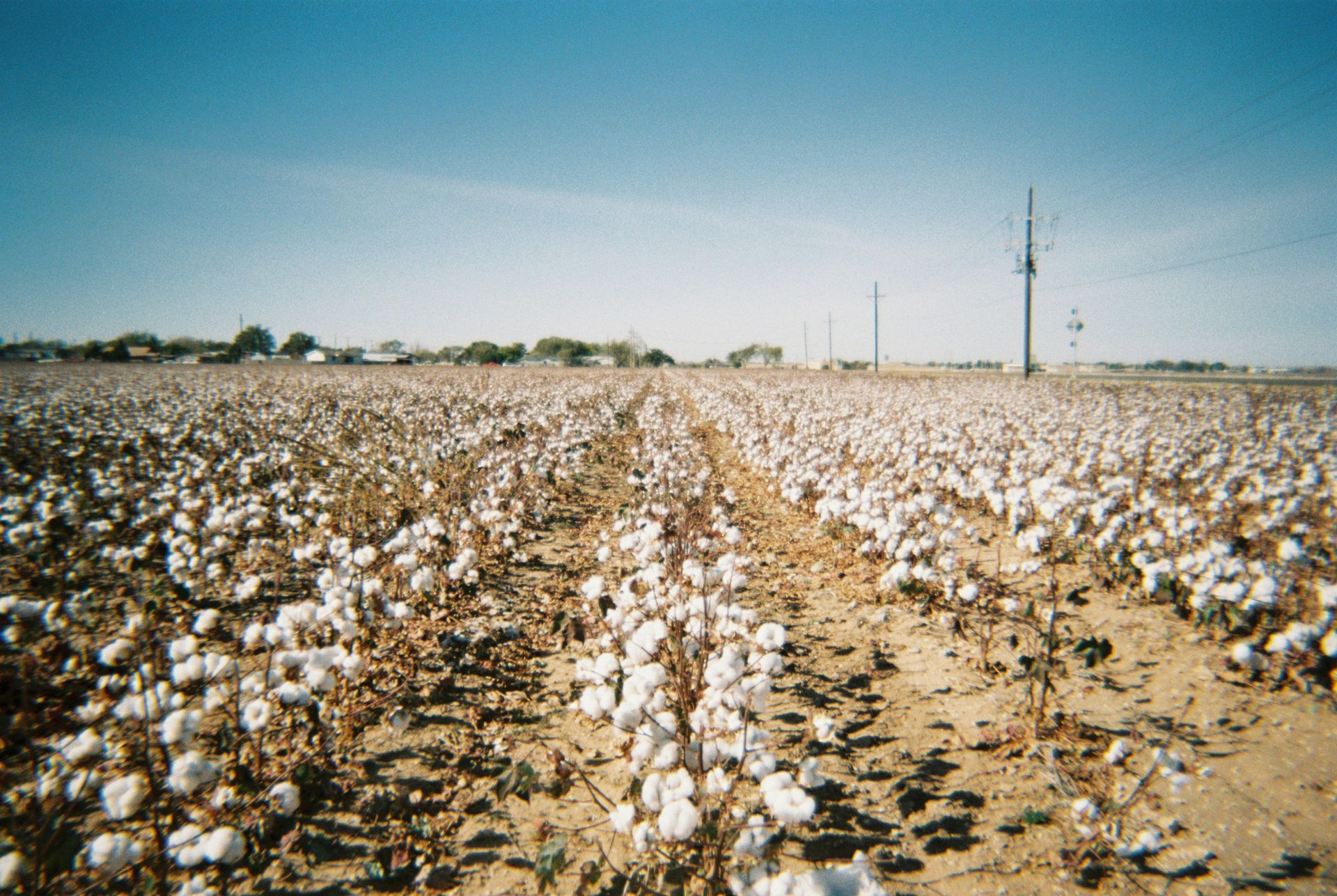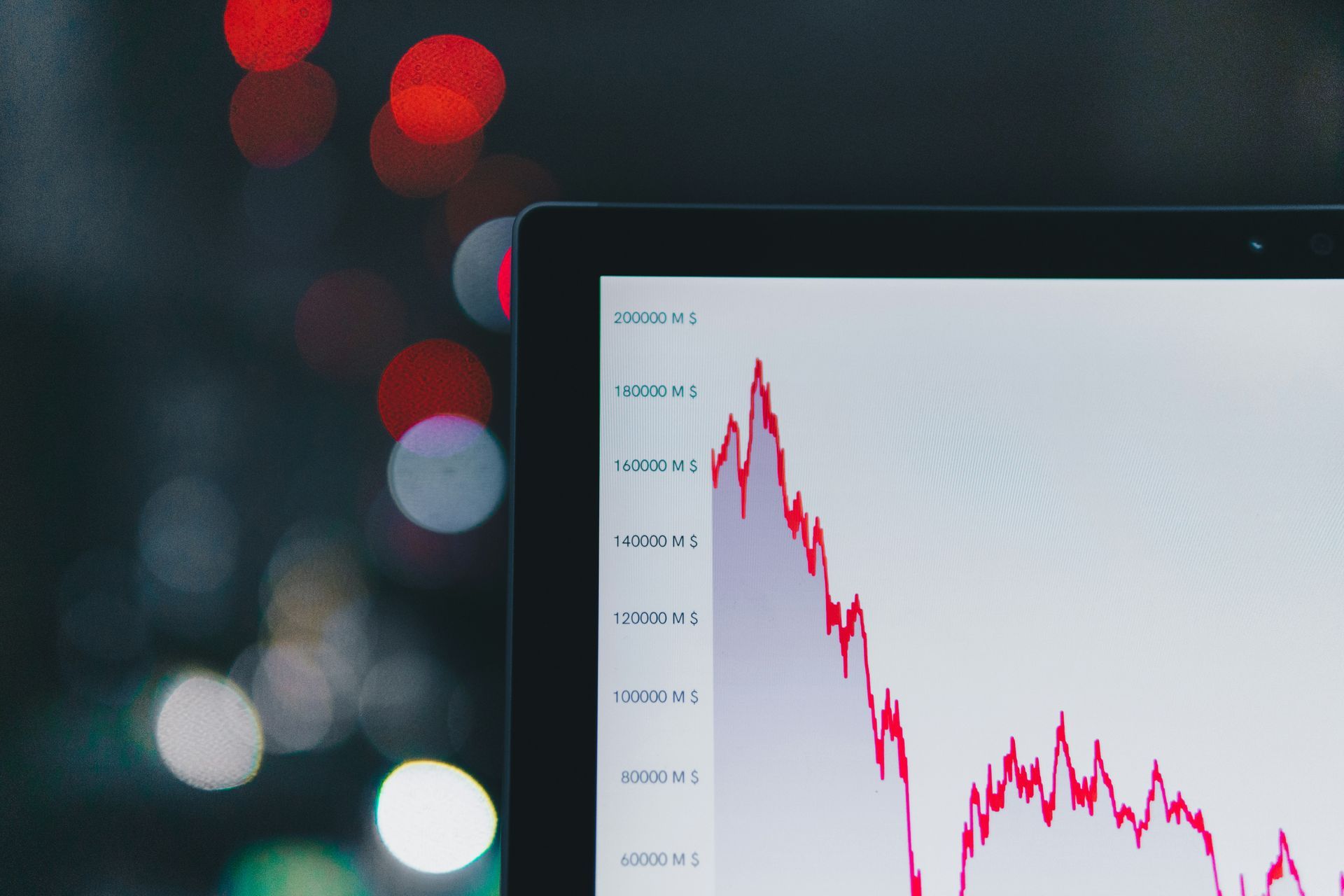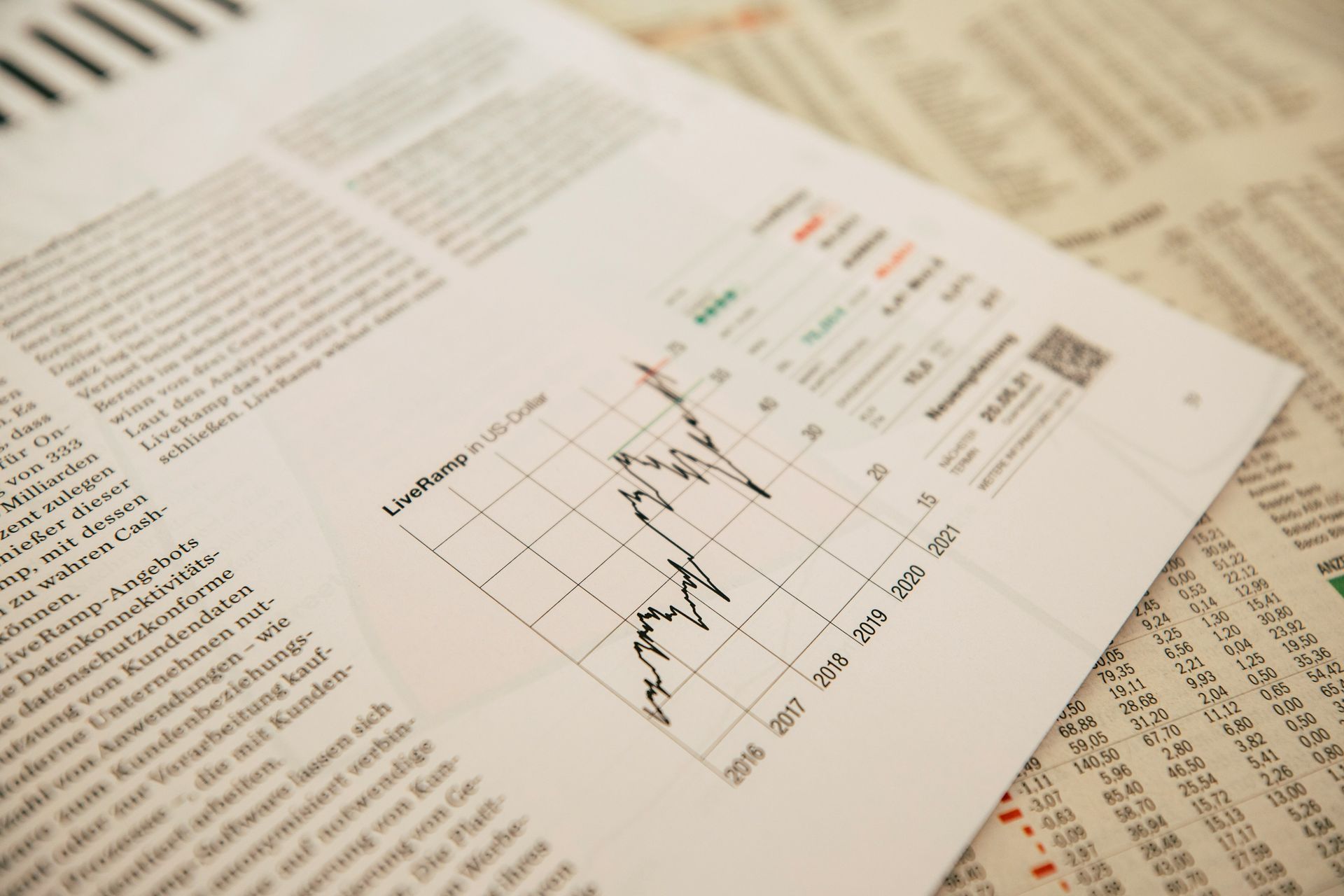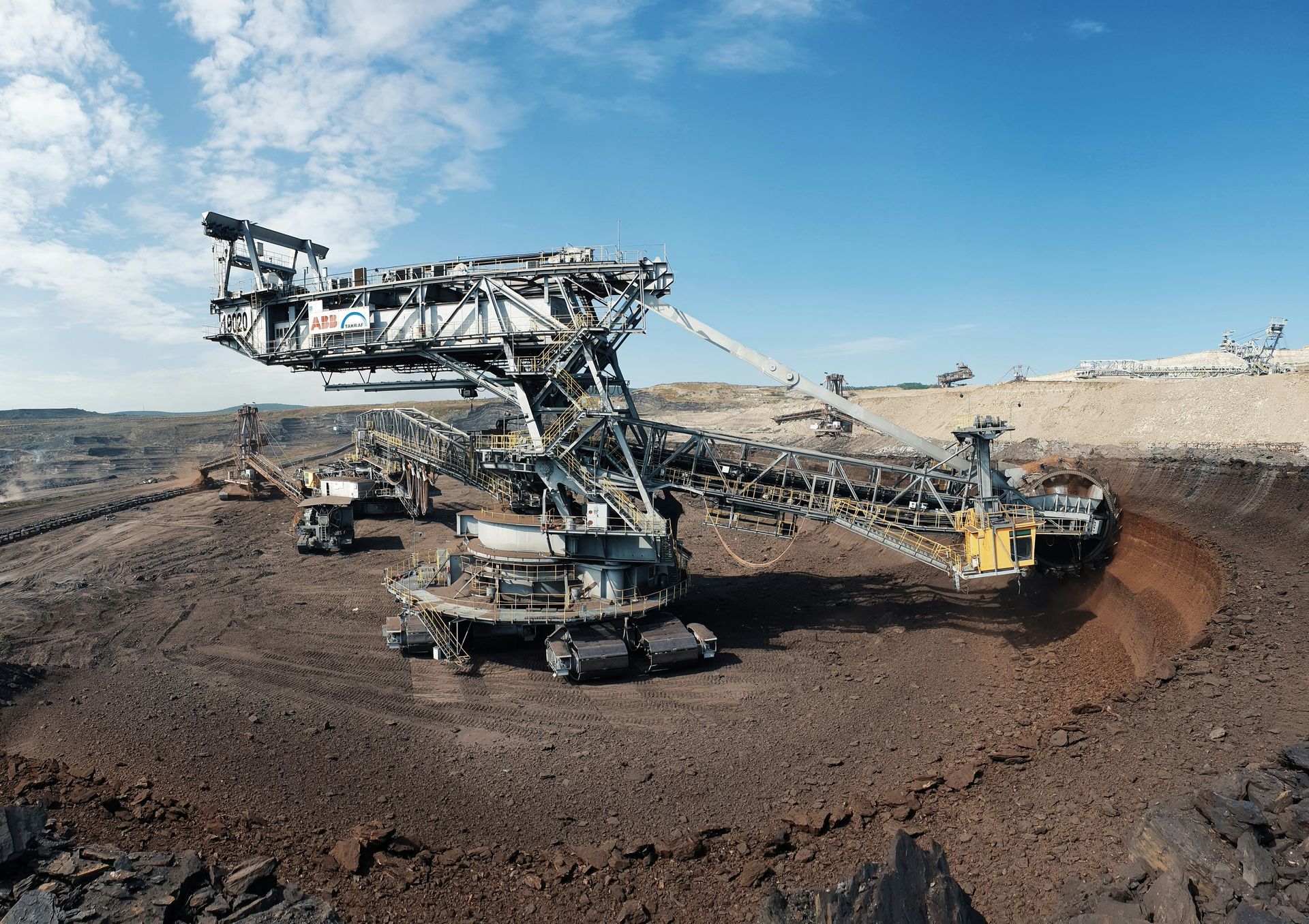Tracing the threads: Forced labor in cotton supply chains
Forced labor in the cotton supply chain has emerged as a major compliance and reputational risk for global companies since 2020. Investigations and regulatory actions have exposed serious abuses in cotton cultivation, yarn and textile production, and garment manufacturing. The issue is no longer confined to isolated regions or factories — it is systemic, spanning countries and processes, and has triggered new legal liabilities, customs enforcement, and supplier scrutiny.
High-risk regions
Forced labor risks begin at the very first stage of cotton production. In China’s Xinjiang region, which supplies around 20% of the world’s cotton, evidence shows that Uyghur and other minority citizens have been subjected to coercive state-run labor transfers, including picking cotton and working in ginning and textile facilities.
Entities such as the Xinjiang Production and Construction Corps (XPCC) have been sanctioned by the U.S. for using prison labor in cotton farming and processing.
In India, forced labor risks are most pronounced in the spinning stage. In Tamil Nadu, a 2021 investigation by SOMO and Arisa uncovered that dozens of spinning mills employed young migrant women in coercive conditions, including excessive overtime, wage withholding, and confinement in dormitories.
Brands including Tesco, Next, Gap, IKEA, Carrefour, and Zeeman were linked to these mills. Tesco and Next acknowledged the problem and committed to remediation efforts. Others denied direct sourcing but could not fully rule out indirect connections.

While Uzbekistan has historically been one of the most notorious cases — with hundreds of thousands of citizens forced into annual cotton harvests — systemic forced labor has reportedly ended. Independent monitors confirmed that the government ceased mandatory mobilization of public sector workers by the 2021 harvest. In contrast, Turkmenistan continues to use forced labor in its cotton fields. The U.S. maintains an import ban on all Turkmen cotton products.
Downstream, forced labor has also been documented in textile and garment production. Uyghur workers have been forcibly transferred to factories across China under state-sponsored labor programs.
In one high-profile case, the Chinese textile conglomerate Esquel Group was sanctioned by the U.S. in 2020 and again in 2024 for ties to Xinjiang labor. Clients including Nike and Tommy Hilfiger subsequently dropped the company. In another case, Uniqlo had shipments of cotton shirts blocked by U.S. Customs in 2021 after failing to prove the cotton was not from Xinjiang. French prosecutors have also investigated Inditex (Zara), Uniqlo, and others for concealing crimes against humanity linked to forced labor.
Beyond China and India, migrant garment workers in countries like Malaysia, Jordan, and parts of South Asia face conditions including passport confiscation, debt bondage, and forced overtime. These practices, while often undocumented, meet international definitions of forced labor. Even within developed countries, exploitative garment workshops — such as those exposed in Leicester, UK in 2020 — have shown how vulnerability and opacity enable labor abuses.
The United States has led enforcement through the Uyghur Forced Labor Prevention Act (UFLPA), which came into force in 2022. It bans all goods with inputs from Xinjiang unless importers can prove they are free of forced labor — a standard that is nearly impossible to meet under current conditions. Since the ban’s introduction, thousands of shipments have been detained at U.S. ports, especially in the apparel, cotton yarn, and solar sectors.
Traceability Challenges
The key operational challenge for businesses is traceability. Cotton is often blended, processed in multiple jurisdictions, and traded as bulk commodities, making origin verification complex.
Xinjiang cotton is frequently exported as yarn or fabric to third countries such as Bangladesh or Vietnam, where it enters global apparel supply chains without clear documentation.
Watchdogs have highlighted how forced labor cotton continues to reach international markets under layers of reprocessing and subcontracting.
Forensic cotton testing is becoming more common, but full supply chain transparency remains elusive. Many companies cannot trace their cotton beyond Tier 1 suppliers. As a result, even those with well-meaning sourcing policies are exposed to risk.
With new legislation coming into force and consumer expectations rising, companies face growing pressure to audit deeper, disengage from high-risk regions, and prove compliance with evolving human rights standards.



